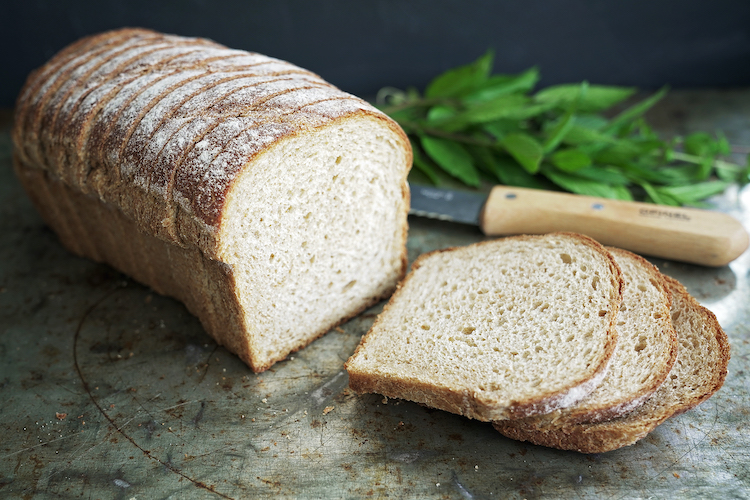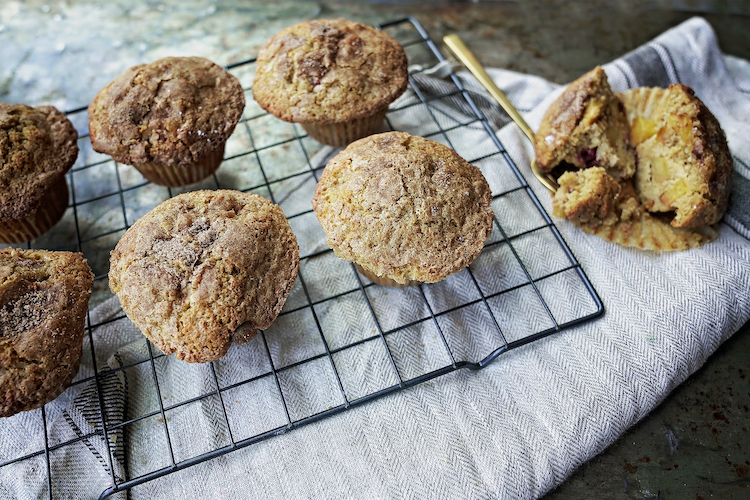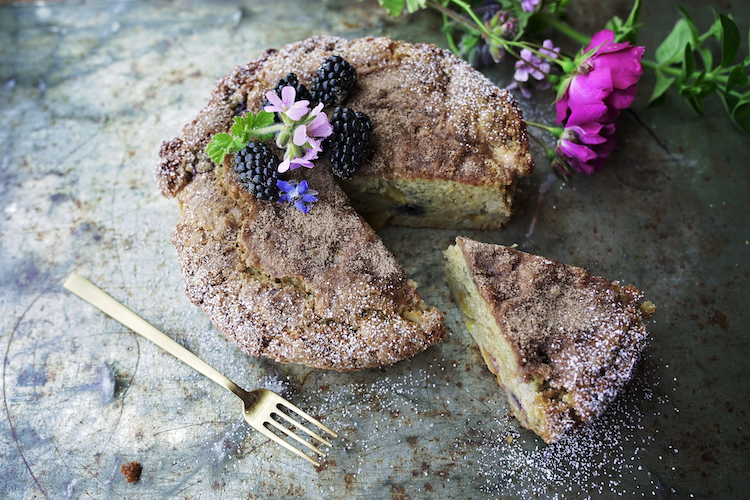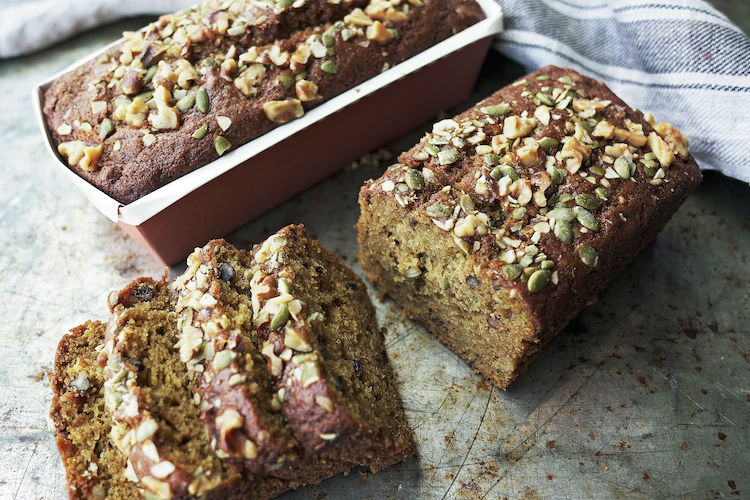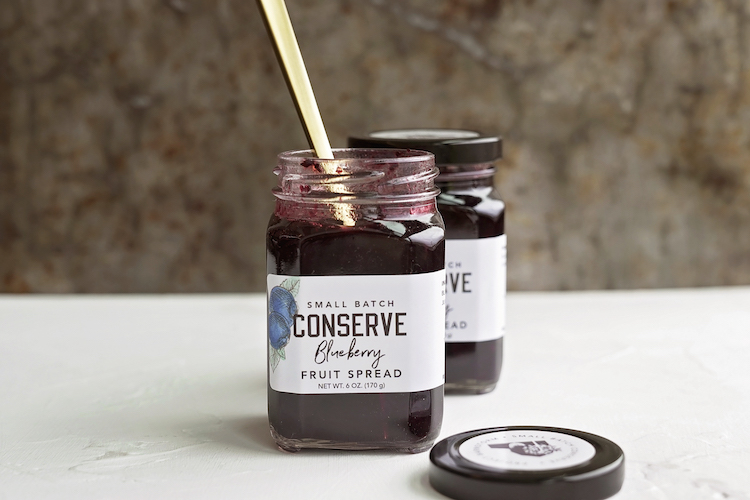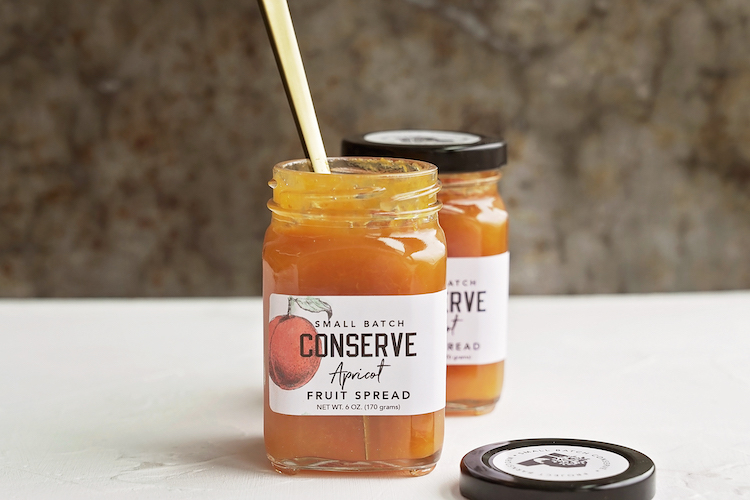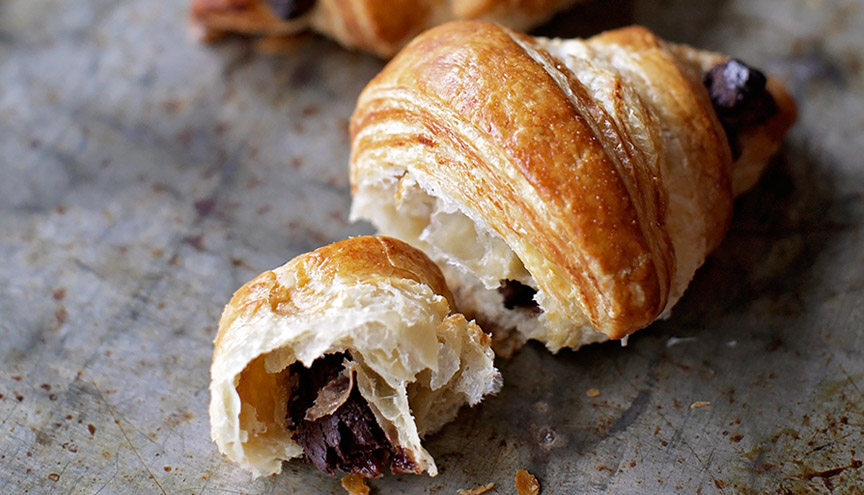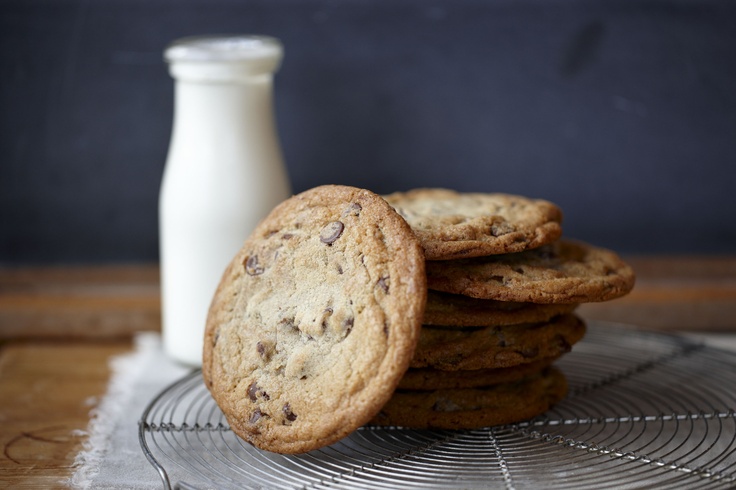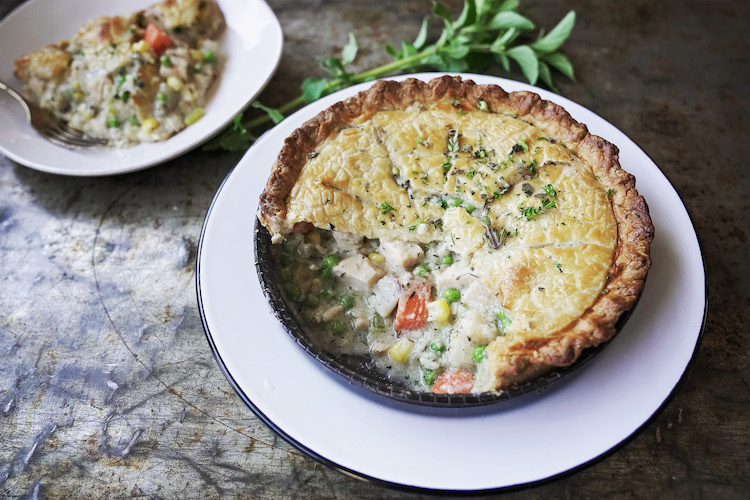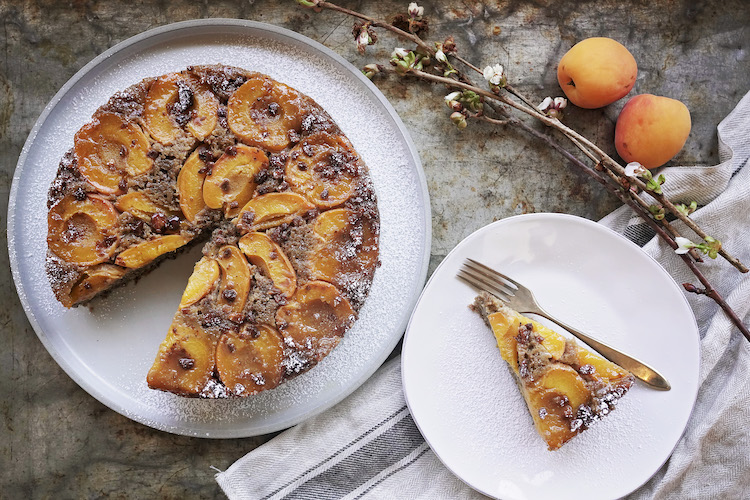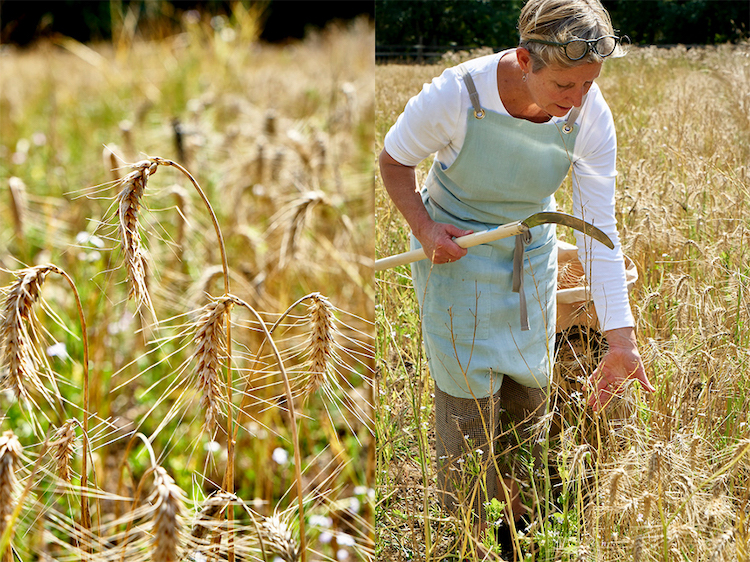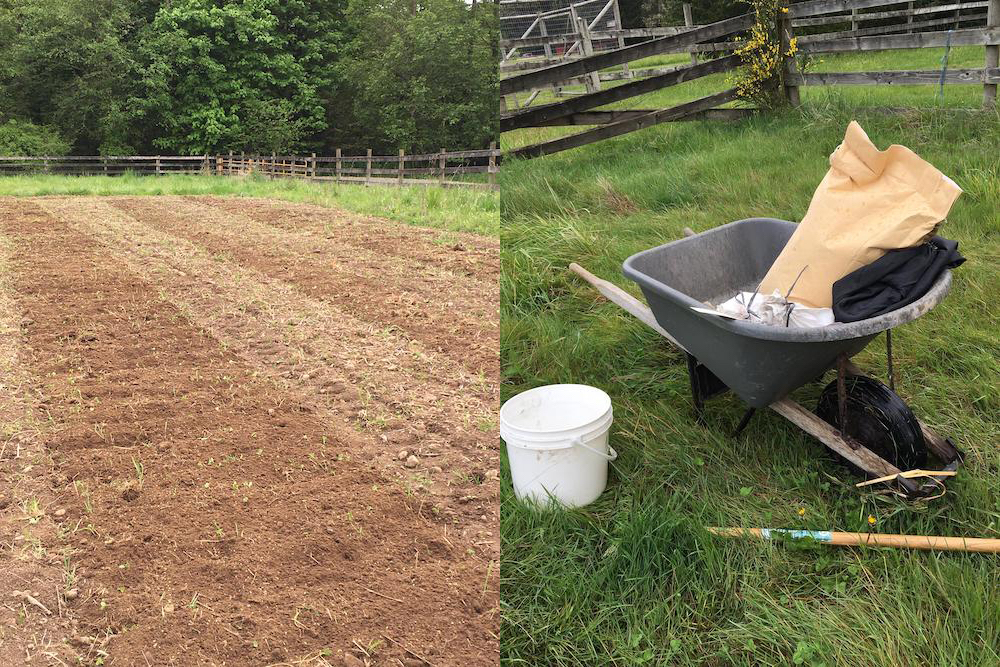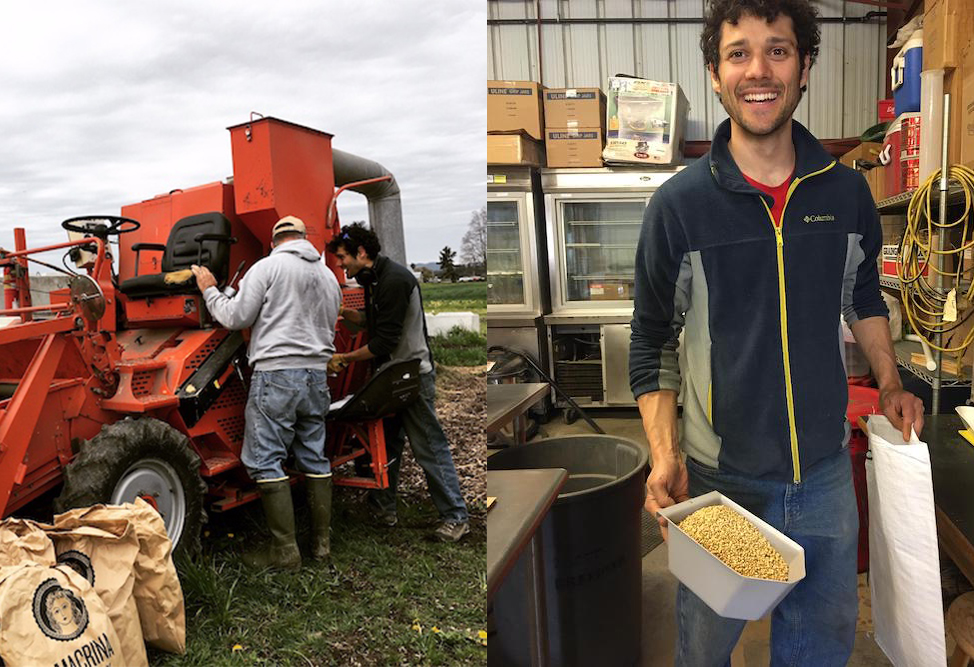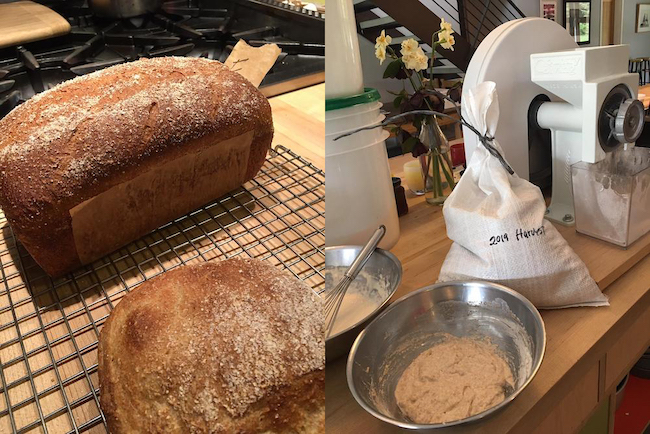Capitol Hill’s beloved Osteria La Spiga, located in the historic Piston & Ring building on 12th Avenue, has been serving exquisite northern Italian cuisine since 1998. As co-founder and host Pietro Borghesi says, “An evening at La Spiga is like dining in Italy—without the plane fare.”
More than ever now is the time to support black-owned restaurants in Seattle. One of our favorites is La Spiga, located on 12th Avenue in the heart of the thriving Pike/Pine corridor. The restaurant was born of a love story between a young black chef from Fairbanks, Alaska, and a young Italian man, from Emilia-Romagna. They met in Salzburg, Austria. In an interview with Cuisine Noir Magazine, Chef Sabrina Tinsley said, “I’ve always loved Italian food, but when I tasted authentic Italian food for the first time, I was blown away. It’s so different. It’s poetry to the mouth, for sure.”
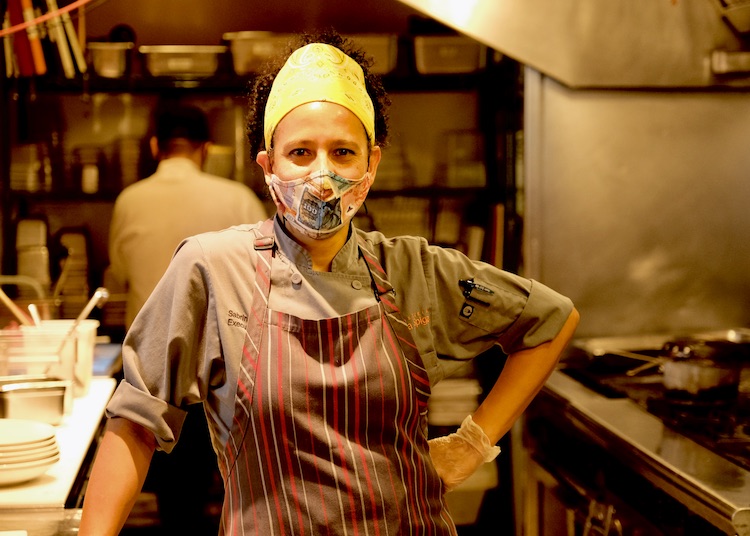
In February, Sabrina was one of ten local black chefs invited by two-time James Beard Award-winning-chef Edouardo Jordan to participate in Soul of Seattle, a sold-out fundraiser for organizations that support youth of color. The event was a smashing success, and fun to boot. “We enjoy each other’s company,” Sabrina says. “It’s nice to be in a room of people who look like you, who share the same experience, not only culturally, but in the same industry.”
At La Spiga business was booming, continuing their steady growth over the years. Then on March 23, Governor Jay Inslee issued the stay-at-home order and whiplash ensued. Sabrina and Pietro Borghesi, her husband and La Spiga’s General Manager, shifted gears and ramped up their takeout menu. Fortunately, La Spiga’s legion of fans, stuck at home, flocked to their website and ordered their favorite housemade pastas like Tagliatelle al Ragu, Lasagne Verdi, Gnocchi al Pomodoro, and chef’s specials such as Pollo Arrosto and Grigliata Mista.

Now that King County is in Phase 2, La Spiga recently began limited seating in their spacious dining room. But that hasn’t stopped them from developing their takeout menu and an in-house store where you can buy their fresh pastas, sauces, sliced cured meats and cheeses. During the shutdown, they redeveloped their website for ease of customer use. The new system works very well,” says Pietro. “And we’re continuing to expand the takeout menu, adding things designed for a dinner night at home.”
Pietro and Sabrina are even planning to open a takeout window right onto bustling 12th Avenue. “The front of the restaurant—the whole front—will be retail for those walking by,” Pietro says. “We’ll have piadina grill right out front. People will be able to grab a hot-filled piadina sandwich and much more. “Eventually, they’ll also add retail items such as cheese, cured meats, and olive oils.

The recently disbanded Capitol Hill Organized Protest, better known as CHOP, took a bite out of their business and left Pietro and Sabrina with conflicted feelings. “The public lynching of George Floyd activated a different audience and has really put people in the street,” Sabrina says. “It hasn’t just been the black population out there. Now’s the time everybody feels called to action.”
Once after a couple of shootings at CHOP, La Spiga’s newly opened in-house dining fell off steeply. With CHOP cleared, things have picked up again. “I’m really happy when the protests are peaceful,” Sabrina says. “It’s disheartening when you see all the destruction. Especially the killings. Those kinds of actions really detract from the main purpose.”
While the coronavirus has led to unprecedented challenges for Seattle’s restaurant community, Pietro and Sabrina have discovered a few silver linings—none better than some quiet time at home with their teenage children. They’ve all been eating dinner together, a rarity for most restaurant families. “That’s been precious,” Sabrina says. “This has been hard on our business, but I know that we’ll look back at the extra time together as a beautiful time.”



